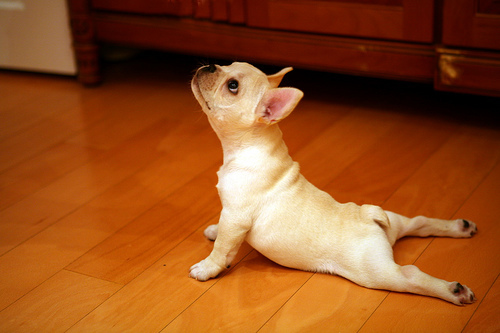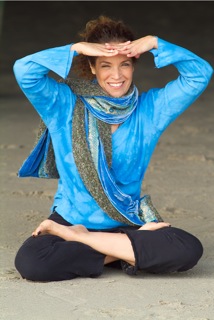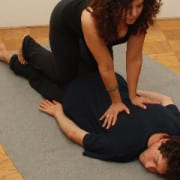Yoga for Jaw Tension
Presented by Gina Baker
Do you clench your jaw or grind your teeth? Do you experience headaches and neck pain? This workshop is for you!
Jaw Tension also known as TMJ or TMD (Temporal Mandibular Joint Dysfunction) is a very common and often painful condition that affects a large portion of the population that cause tension and disfunction in the body that often compromise the nervous system and cause additional problems.
This workshop was inspired through Gina’s CranioSacral practice after working with thousands of patients suffering from TMD.
In this workshop you will learn:
• Relieving pressure point techniques
• Simple asana sequence to release face and jaw muscles
• Self care techniques to encourage the body to relax
• Simple meditation to help release the thinking mind so you can
release tension in the whole body
Call or text Gina at (415-858-2417) to request a space. $35 early bird special — $40 after January 17th.
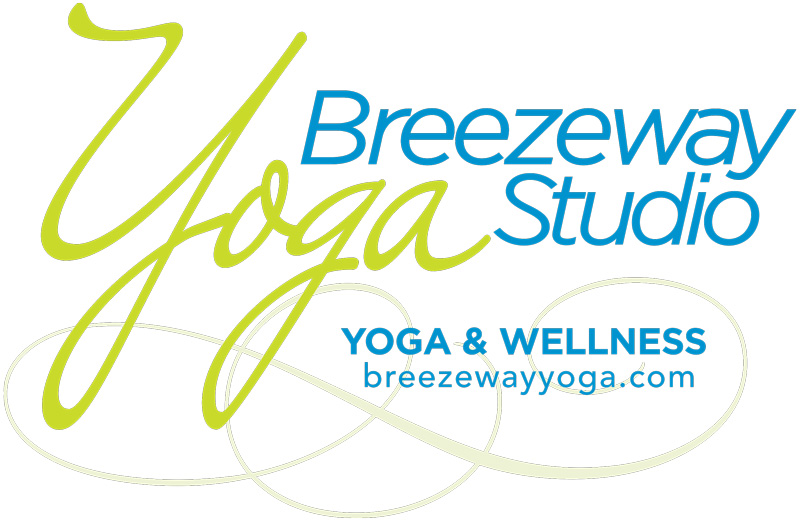
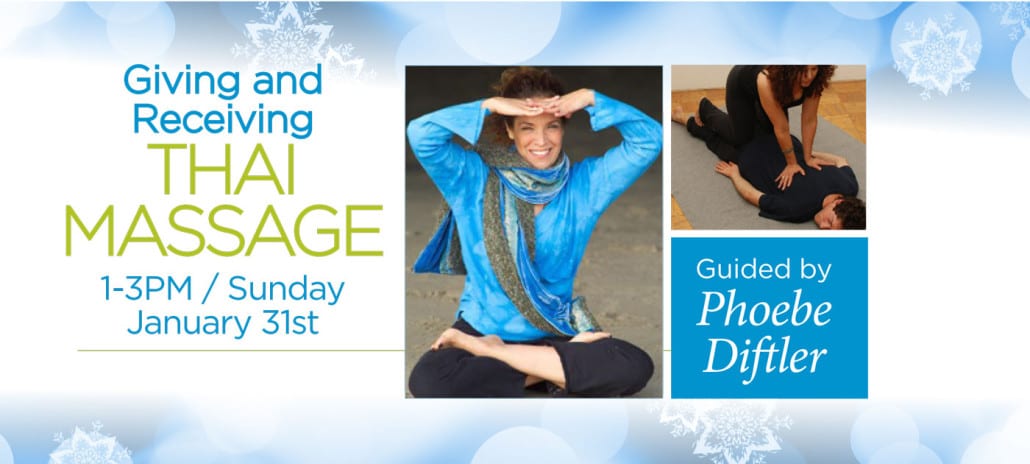

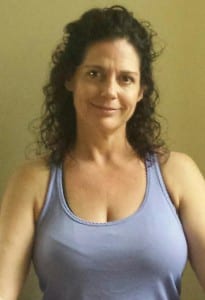
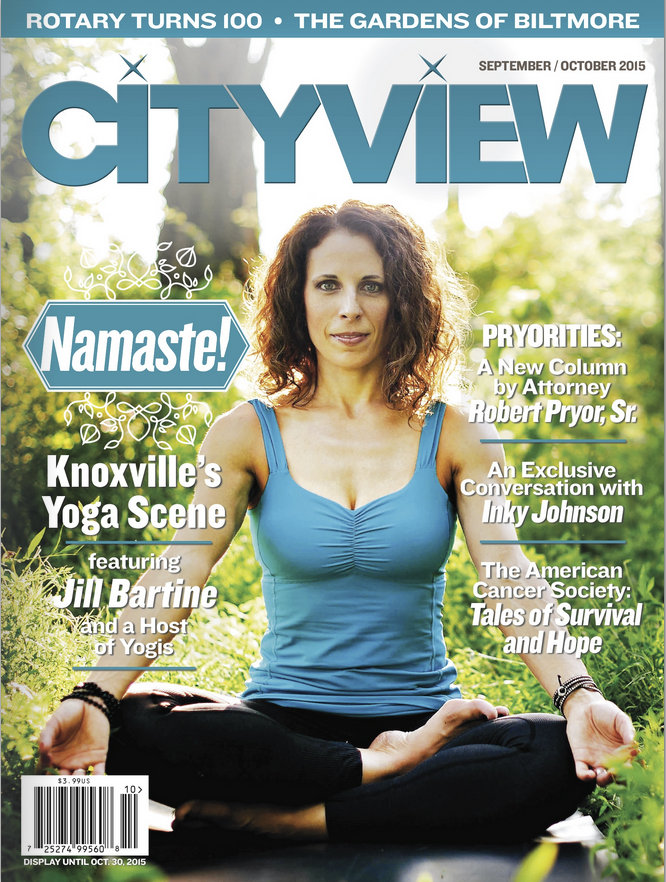
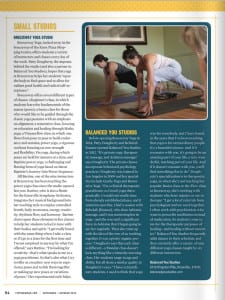
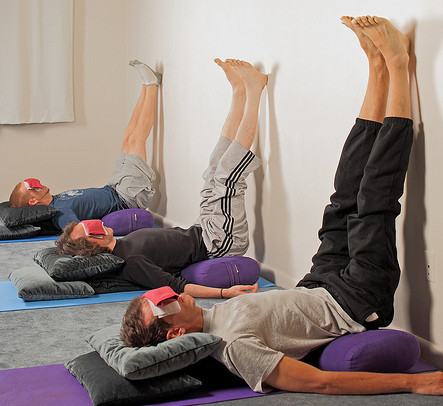
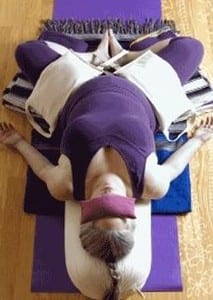 Friday, October 16th | 7
Friday, October 16th | 7